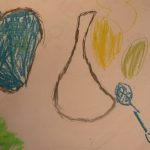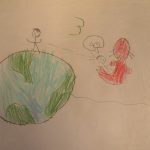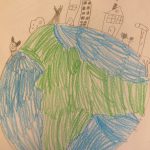What are the underlying issues and why are they issues?
There seem to be several different categories of issues related to the use of technology in middle school science classrooms in Cases 5 and 6. These could be broadly categorized as equipment, training, and implementation.
With regards to equipment, both of the teachers in these cases noted at least some use of their own personal equipment in the classroom. This would seem to present a barrier to less tech-savvy teachers as they may not already have access to devices with which to learn. In case 5 we could see that students were working in groups. It appears to be fairly common that most technology implementations are not 1-1. This causes me some concerns as it undermines some of the most powerful affordances of technology such as individualizing instruction/assessment and giving students an individual voice.
Teachers in both cases noted that, while professional development was available, currently training offerings were insufficient. They identified technology learning as an ongoing practice requiring time, experimentation, knowledgeable mentor colleagues, and ongoing support. Without these supports, teachers expressed frustration in integrating technology. As with any type of student, youth or adult, early success can be crucial to developing a feeling of efficacy. Without out this feeling of self efficacy, it seems unlikely that novice technology users will persist and develop competence.
Implementation requires both pedagogical and technological foundations. I found it distressing that some of the case teachers considered technology to be an ad hoc item to be used “on the fly”. Technology can eat up incredible amounts of time with limited gains to show for it if its use is not properly planned and scaffolded. Pedagogically, the case 6 teacher echoed my own thoughts. There is a degree of accountability needed with technology. If it is not working we need to reconsider how/why we are using it.
What further questions does the video raise for you?
A major question these cases raised for me was how can we best aide teachers in acquiring technological self efficacy and the ability to learn and grow independently in their technology skills.
How would you explore a response to this issue?
The qualitative interviews we have observed in this lesson seem to be a great starting point. Analysis for key themes already suggests that PD sessions must be coupled with practice/exploration time, planning time, and the assistance of a knowledgeable mentor to be most effective.
How might the issue that is raised exacerbate or ameliorate a conceptual challenge held by students?
When a teacher is not comfortable with technology they may misrepresent concepts as a result. For instance, if a teacher is only able to use a limited set of animation functions, this will necessarily reduce the techniques that they can use to express concepts.






